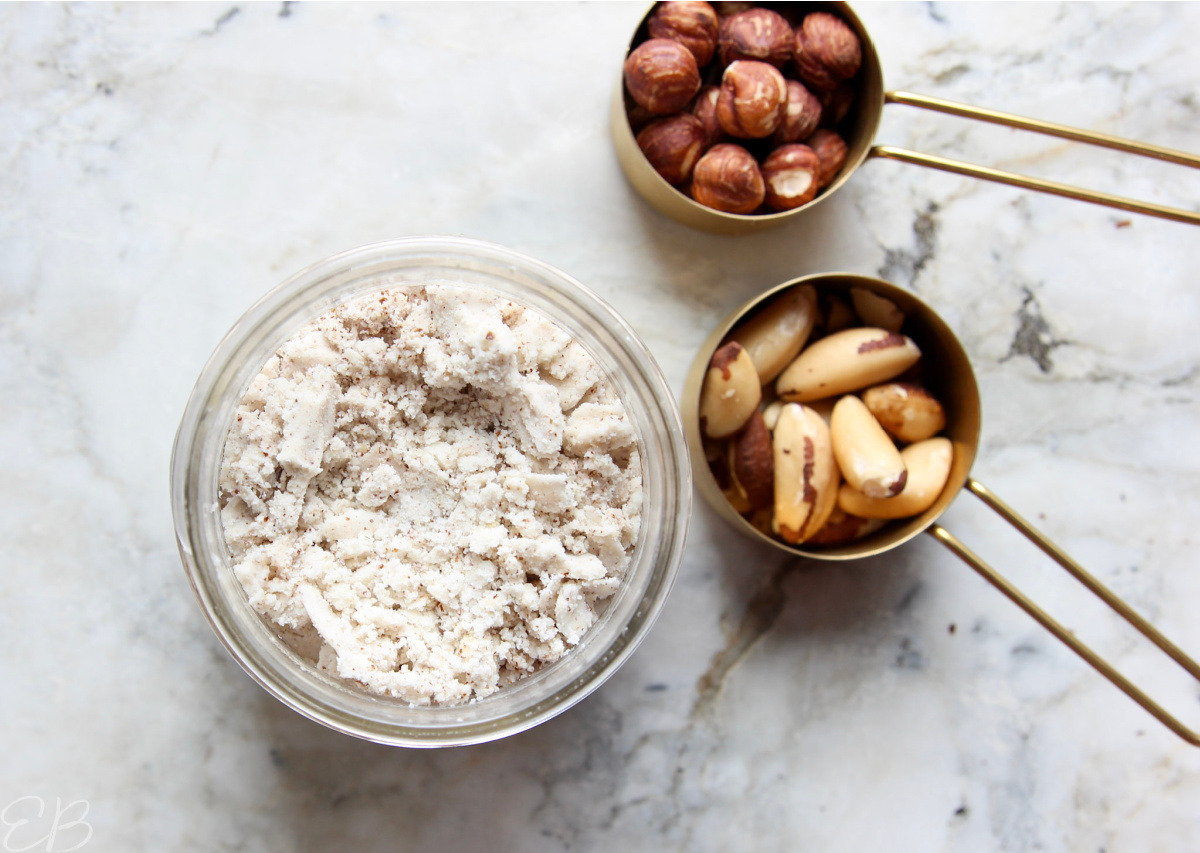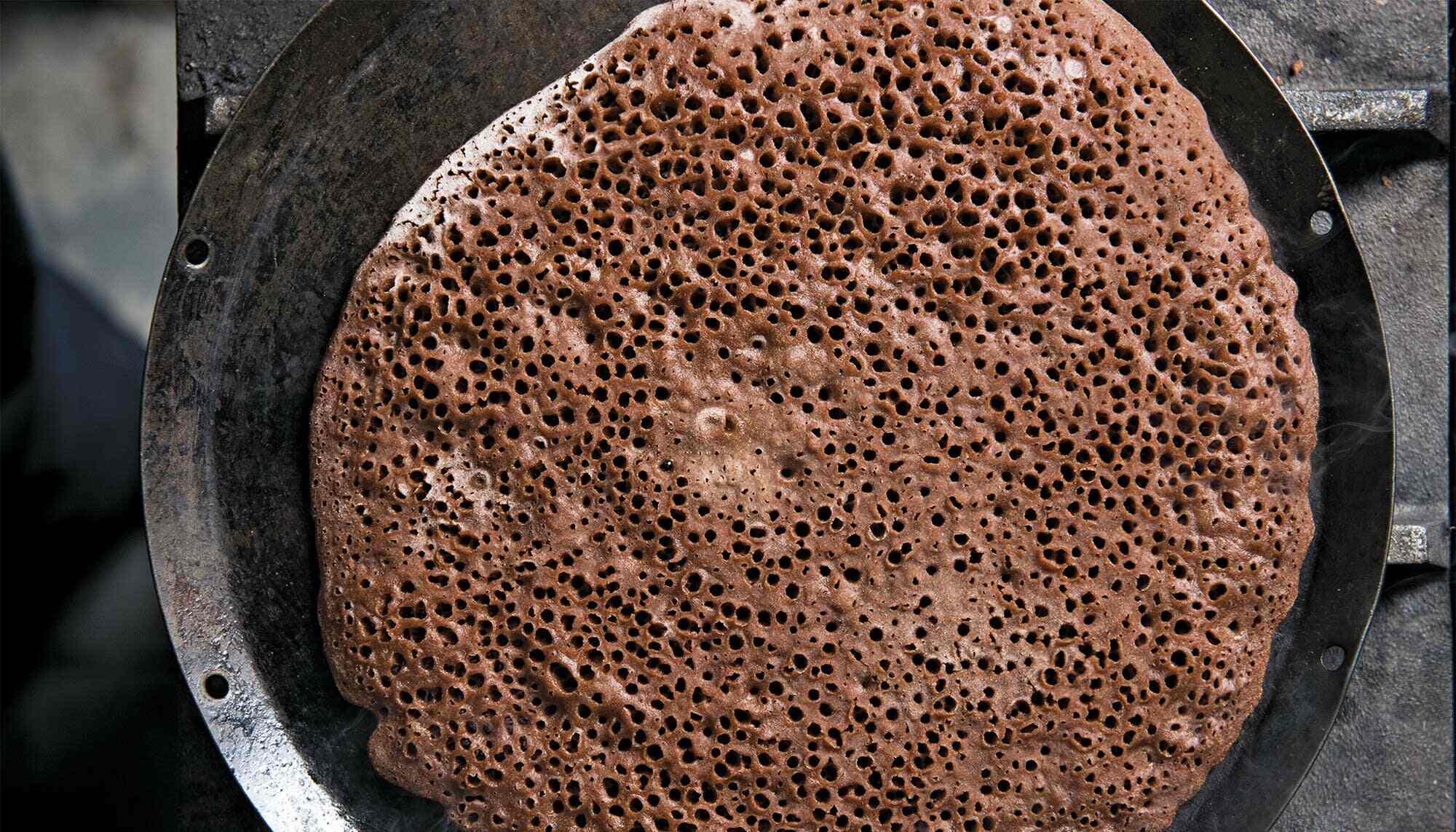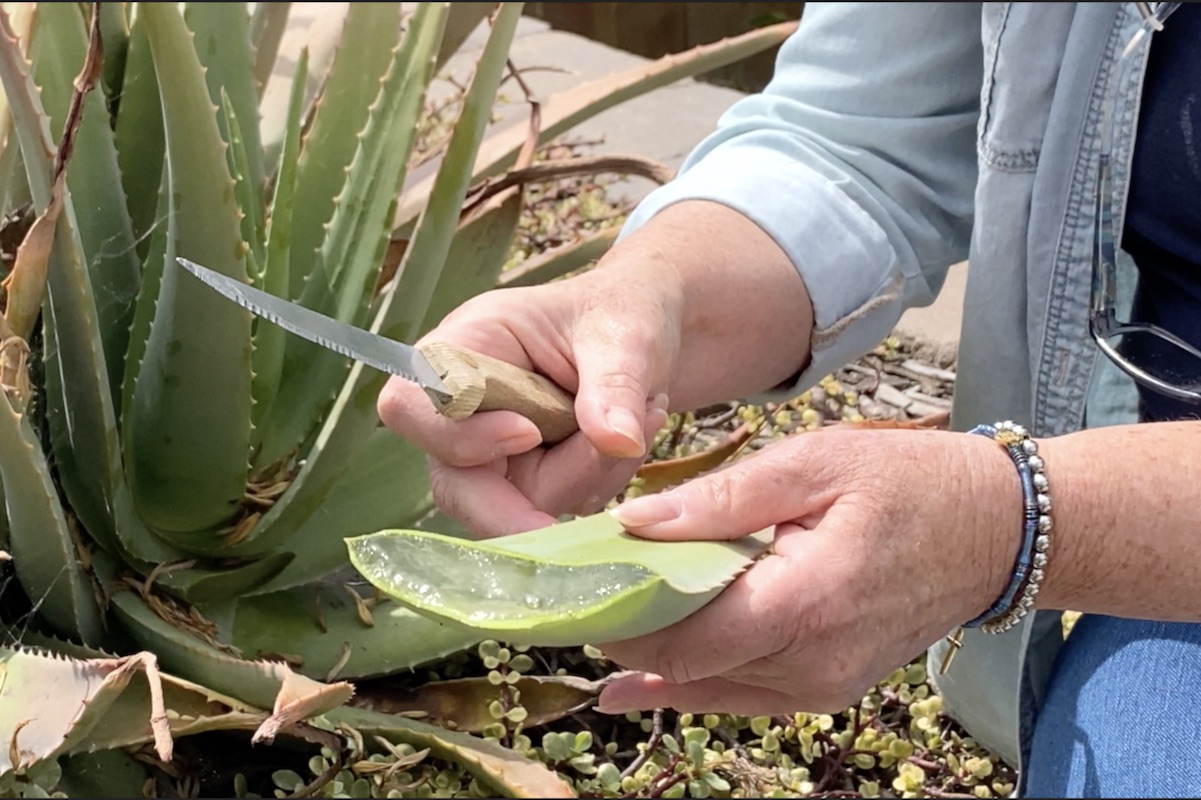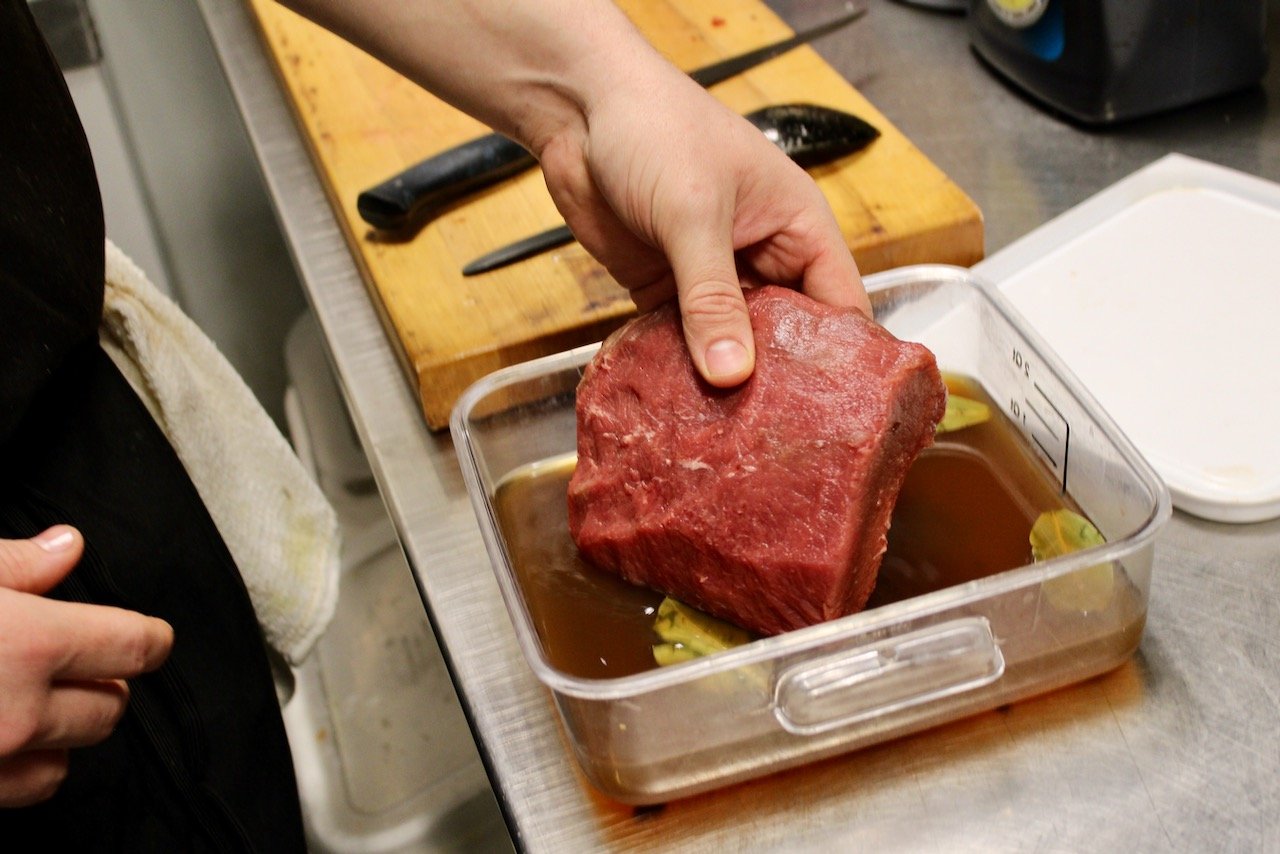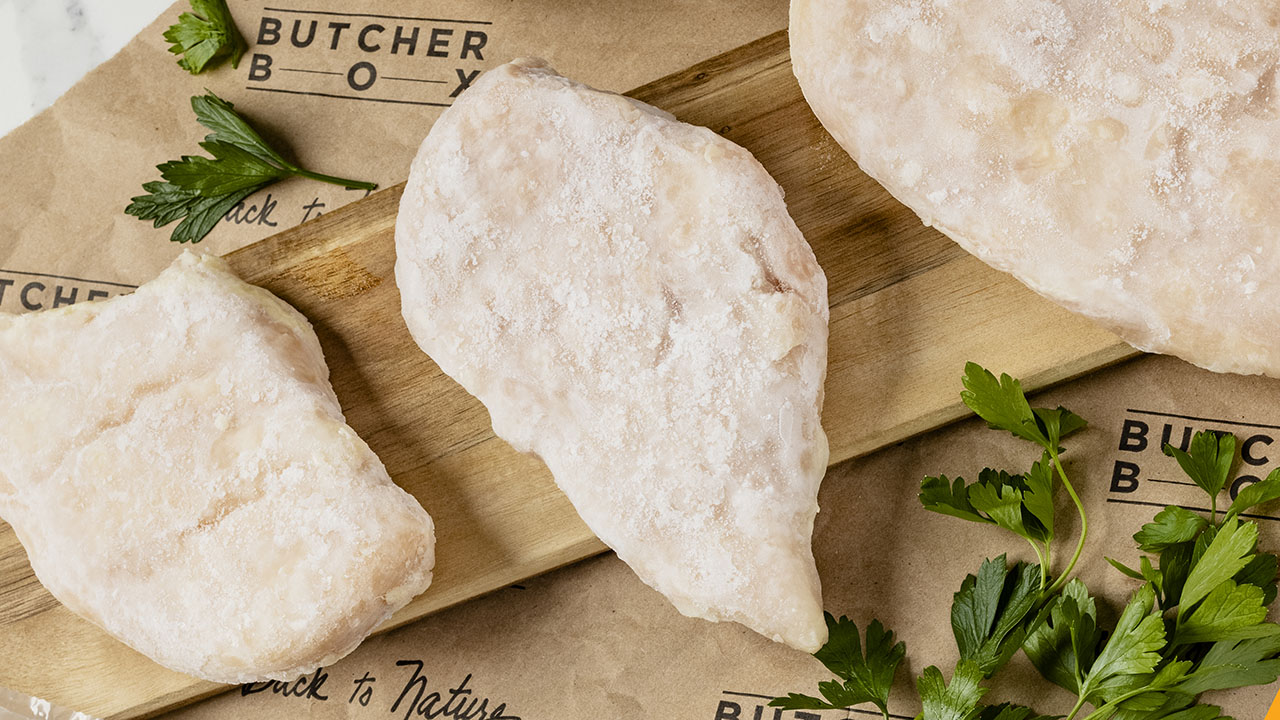Unlocking the Secrets of Fermenting Soy Milk
Welcome to the wonderful world of fermenting soy milk! If you’re looking to add a new dimension of flavor and nutrition to your diet, then fermenting soy milk is a fantastic way to do just that. Not only does it enhance the taste, but it also boosts the probiotic content, making it a great option for gut health. In this guide, we’ll walk you through the process of fermenting soy milk at home, so you can enjoy the benefits of this traditional practice.
What You’ll Need
Before you get started, make sure you have the following items on hand:
- Unsweetened soy milk
- A starter culture (such as yogurt or kefir)
- A glass jar with a lid
- A clean towel or cheesecloth
- A rubber band
- A thermometer
The Fermentation Process
Now that you have everything you need, it’s time to start fermenting!
- Heat the Soy Milk: Pour the soy milk into a saucepan and heat it to 180°F. Use the thermometer to monitor the temperature and prevent boiling.
- Cool the Soy Milk: Once the soy milk reaches 180°F, remove it from the heat and allow it to cool to 110°F.
- Add the Starter Culture: Stir in the starter culture, ensuring it is well combined with the soy milk.
- Transfer to a Jar: Pour the mixture into a clean glass jar and cover it with a clean towel or cheesecloth. Secure the covering with a rubber band.
- Allow Fermentation: Place the jar in a warm, dark place and let it ferment for 6-12 hours. The longer it ferments, the tangier the flavor will be.
- Refrigerate: Once the soy milk has reached your desired level of tanginess, refrigerate it to halt the fermentation process.
Enjoying Fermented Soy Milk
Now that your soy milk has been successfully fermented, it’s time to enjoy the fruits of your labor! Here are a few ways to incorporate fermented soy milk into your diet:
- Use it as a base for smoothies
- Pour it over cereal or granola
- Incorporate it into your favorite recipes that call for milk
- Drink it on its own for a probiotic boost
Experiment with different flavors and consistencies to find the perfect match for your taste buds. Whether you prefer it plain or infused with fruits and spices, fermented soy milk is a versatile ingredient that can elevate your culinary creations.
Final Thoughts
Fermenting soy milk at home is a simple and rewarding process that opens up a world of culinary possibilities. Not only does it offer a delicious way to enjoy soy milk, but it also provides a host of health benefits thanks to its probiotic content. So, grab your soy milk and starter culture, and embark on your fermentation journey today!
Remember, practice makes perfect, so don’t be discouraged if your first batch isn’t exactly as you imagined. With a bit of patience and experimentation, you’ll soon become a master of fermenting soy milk.
Happy fermenting!
Was this page helpful?
Read Next: How To Ferment Chia



